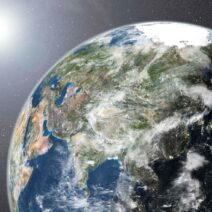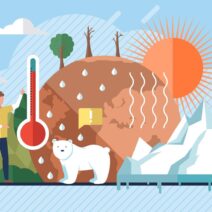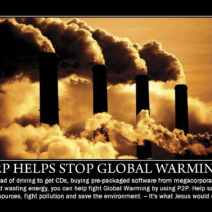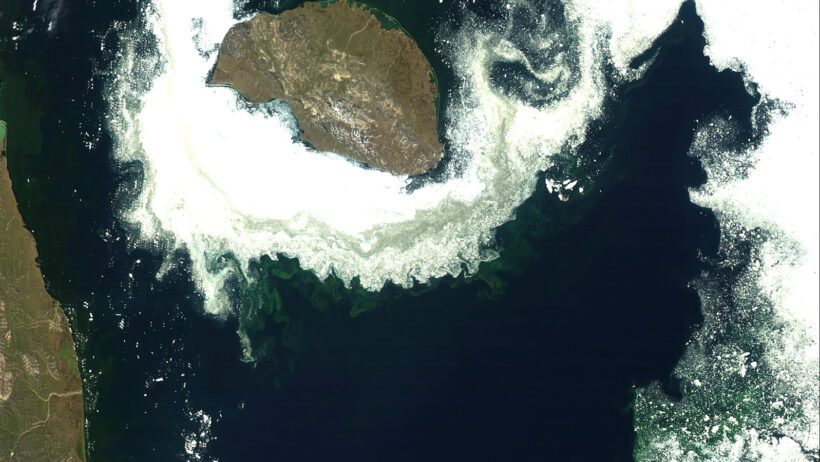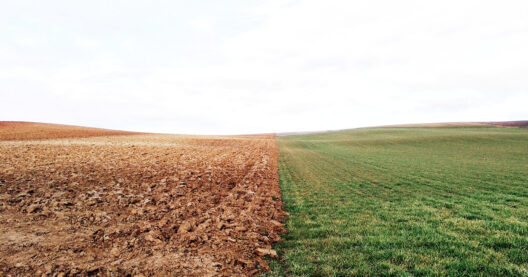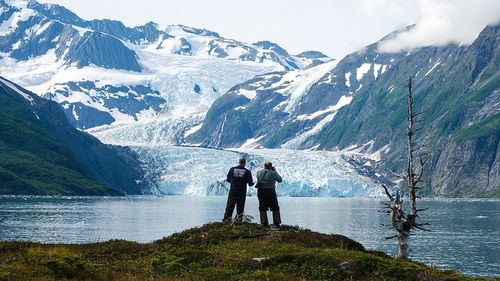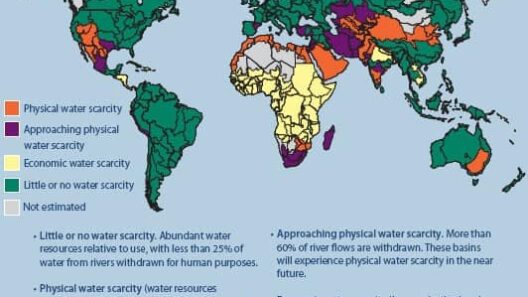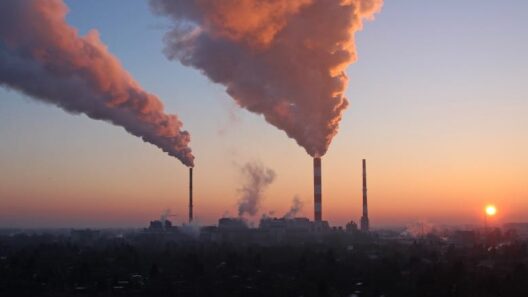The phenomenon of migration has long captivated the human imagination. From the majestic flocks of geese that traverse vast distances to the relentless journeys of wildebeest across the Serengeti, the natural rhythms of these animal migrations are a testament to the resilience of life. However, the intricate patterns of these journeys are increasingly disrupted by global warming, an ominous reality that hints at deeper ecological ramifications beyond mere inconvenience.
The Great Migration, particularly in the animal kingdom, is often observed as a time-honored ritual essential for survival. Animals migrate primarily in search of food, breeding grounds, and favorable climates. However, as the planet warms, climatic shifts—ranging from altered temperature patterns to irregular seasonal changes—adversely impact these life-sustaining trajectories. The question arises: how exactly does global warming disrupt these spectacular migrations?
One significant impact of climate change is the alteration of habitat. As temperatures rise, many species are forced to relocate in search of cooler climates. For instance, North American caribou undertake long treks from calving grounds to winter pastures. However, with changes in vegetation caused by increasing temperatures, the pathways and destinations they rely upon for sustenance are dramatically undermined. The delay or absence of certain plant species can result in a nutritional deficit, affecting the overall health and reproductive success of caribou populations.
Moreover, the timing of biological events, or phenology, is undergoing substantial transformations. Many species rely on tightly synchronized timing among flora and fauna. For example, the migration of monarch butterflies coincides with the blooming of milkweed, their primary food source for larvae. With climate change leading to an earlier onset of spring in some regions, butterflies may arrive at their destinations before these vital plants have emerged. This mistiming has the potential to severely impact their life cycles, further complicating already delicate ecosystems.
Equally disturbing is the phenomenon of shifting geographic ranges. As certain habitats become less hospitable due to hotter temperatures, species must adapt by moving towards higher altitudes or latitudes. For instance, marine species such as fish are migrating poleward as ocean temperatures rise, leading to ecological imbalances. This shift not only alters the existing food web but can also result in competition with native species that are ill-equipped to handle the changes, creating a cascading effect throughout the ecosystem.
The consequences of disrupted migrations extend beyond individual species. Many communities depend on migratory species for their livelihoods. The annual return of salmon to their spawning grounds is critical for indigenous cultures in the Pacific Northwest, sustaining not just dietary needs but also cultural practices tied to these aquatic travelers. As global warming impacts salmon migration patterns, the ripple effects are felt throughout these communities, posing threats to traditional ways of life.
Furthermore, the presence of shifting migration patterns can invite novel interaction among formerly separated species. This situation can create unexpected predatory relationships that have profound implications for biodiversity. For example, as grasses that support certain ungulate populations move northwards, they may encounter new predator species that are now sharing territory due to climate-induced changes, leading to unforeseen competition and predation pressures that could threaten the survival of both prey and predator populations.
Global warming also poses significant dangers to migratory routes across seas and oceans. Sea-level rise threatens coastal breeding grounds for countless bird species, thereby inhibiting their ability to feed and reproduce. For example, migratory shorebirds rely on specific coastal wetlands during their journey. As these habitats are submerged or degrade due to rising waters and increased storm intensity, these birds face dire consequences, potentially leading to population declines.
In addition to these direct challenges, there is the broader issue of habitat fragmentation. Human activities—urbanization, deforestation, and infrastructure expansion—further exacerbate the effects of climate change. Disrupted landscapes create barriers that hinder traditional migration routes, forcing animals to navigate perilous detours. This fragmentation not only increases mortality rates but also reduces genetic diversity, making species more vulnerable to diseases and environmental changes.
Fortunately, there are avenues for mitigating the ramifications of global warming on animal migration. Conservation efforts focused on creating wildlife corridors are essential to reconnect fragmented habitats. By establishing protected passages, species can traverse landscapes more safely, fostering genetic diversity while ensuring they have access to vital resources. Additionally, policies aimed at curbing greenhouse gas emissions can help slow the acceleration of climate change, providing a buffer for migratory species struggling to adapt to their rapidly changing habitats.
It is imperative to foster a sense of urgency around the importance of safeguarding migration routes. The world’s biodiversity hinges upon the delicate balances established through these natural journeys. Recognizing the cultural, ecological, and economic significance of migratory species not only enriches our understanding but also underscores our collective responsibility in mitigating the adverse impacts of climate change. Every action taken to address global warming and its consequences brings us one step closer to preserving the intricate tapestry of life that migration weaves across the planet.
In conclusion, while the beauty of migration continues to inspire, the sobering impacts of global warming present an urgent and complex challenge. Understanding these disruptions serves as a clarion call to elevate conservation measures that ensure the survival of migratory species and the ecological networks they uphold. As stewards of the Earth, it is essential to navigate these challenges with informed urgency and commitment.
